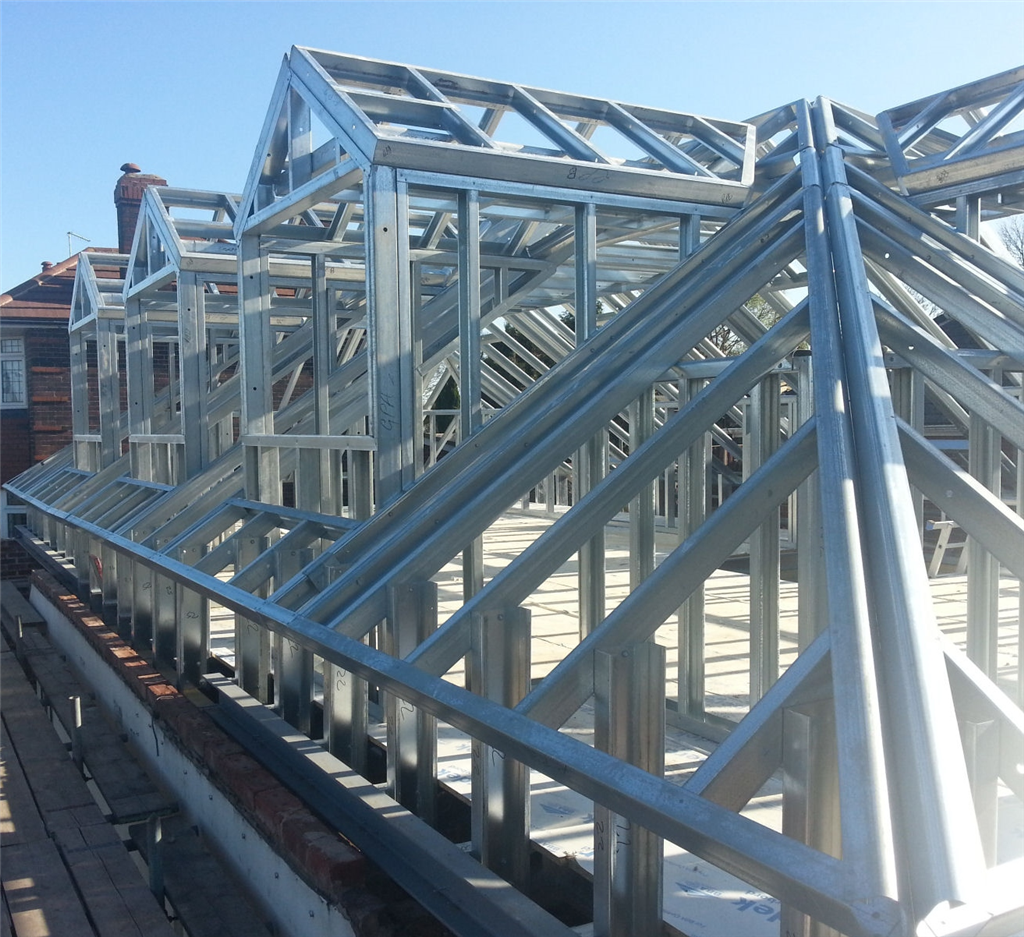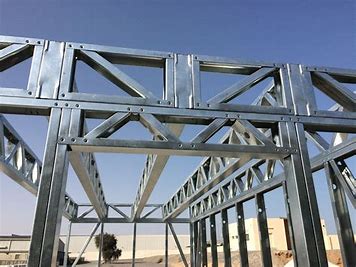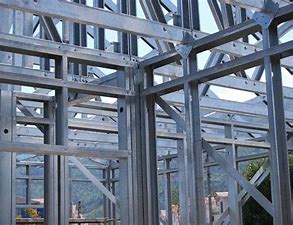As the production of electric vehicles continues to grow, so does the associated demand for electrical steel used in electric motors.
Industrial and commercial engine suppliers are facing a major challenge. Historically, suppliers such as ABB, WEG, Siemens and Nidec have easily supplied the critical raw materials used in the manufacture of their motors. Of course, there are many supply disruptions throughout the life of the market, but rarely does this develop into a long-term problem. However, we are starting to see supply disruptions that could threaten the production capacity of car suppliers for years to come. Electrical steel is used in large quantities in the manufacture of electric motors. This material plays a key role in creating the electromagnetic field used to spin the rotor. Without the electromagnetic properties associated with this ferroalloy, engine performance would be greatly reduced. Historically, motors for commercial and industrial applications have been a major customer base for electrical steel suppliers, so motor suppliers have had no problem securing priority supply lines. However, with the advent of electric vehicles, the share of commercial and industrial suppliers of electric motors has come under threat from the automotive industry. As the production of electric vehicles continues to grow, so does the associated demand for electrical steel used in electric motors. As a result, the bargaining power between commercial/industrial motor suppliers and their steel suppliers is increasingly weakening. As this trend continues, it will affect the ability of suppliers to provide the electrical steel required for production, leading to longer lead times and higher prices for customers.
The processes that take place after the formation of raw steel determines for what purposes the material can be used. One such process is called “cold rolling” and it produces what is known as “cold rolled steel” – the type used for electrical steel. Cold rolled steel makes up a relatively small percentage of total steel demand and the process is notoriously capital intensive. Therefore, the growth of production capacity is slow. In the last 1-2 years, we have seen prices for cold-rolled steel rise to historical levels. The Federal Reserve monitors global prices for cold rolled steel. As shown in the chart below, the price of this item has increased by more than 400% from its price in January 2016. The data reflects the dynamics of prices for cold-rolled steel compared to prices in January 2016. Source: Federal Reserve Bank of St. Louis. The short-term supply shock associated with COVID is one of the reasons for the rise in prices for cold-rolled steel. However, the increased demand for electric vehicles in the automotive industry has been and will continue to be a factor influencing prices. In the production of electric motors, electrical steel can account for 20% of the cost of materials. Therefore, it is not surprising that the average selling price of electric motors increased by 35-40% compared to January 2020. We are currently interviewing commercial and industrial motor suppliers for a new version of the low voltage AC motor market. In our research, we have heard numerous reports that suppliers are having difficulty supplying electrical steel due to their preference for automotive customers who place large orders. We first heard about it in mid-2021 and the number of references to it in supplier interviews is on the rise.
The number of vehicles using electric motors in the transmission is still relatively small compared to vehicles using conventional internal combustion engines. However, the ambitions of major automakers suggest that the balance will shift rapidly over the next decade. So the question is, how big is the demand in the automotive industry and what is the time frame for it? To answer the first part of the question, let’s take the example of the world’s three largest automakers: Toyota, Volkswagen, and Honda. Together they make up 20-25% of the global automotive market in terms of shipments. These three manufacturers alone will produce 21.2 million vehicles in 2021. This means that around 85 million vehicles will be produced by 2021. For simplicity, let’s assume that the ratio between the number of motors using electrical steel and electric vehicle sales is 1:1. If only 23.5% of the estimated 85 million vehicles produced are electric, the number of motors needed to support that volume would exceed the 19.2 million low-voltage AC induction motors sold in 2021 for commercial and industrial applications.
The trend towards electric vehicles is inevitable, but determining the pace of adoption can be a daunting task. What is clear, however, is that automakers like General Motors committed to full electrification by 2035 in 2021, pushing the electric vehicle market into a new phase. At Interact Analysis, we track the production of lithium-ion batteries used in electric vehicles as part of our ongoing research into the battery market. This series can be used as an indicator of the rate of production of electric vehicles. We present this collection below, as well as the previously shown cold rolled steel collection. Putting them together helps to demonstrate the relationship between the increase in electric vehicle production and electrical steel prices. Data represents performance compared to 2016 values. Source: Interact Analysis, Federal Reserve Bank of St. Louis. The gray line represents the supply of lithium-ion batteries for electric vehicles. This is the index value and the 2016 value represents 100%. The blue line represents cold rolled steel prices, again presented as an index value, with 2016 prices at 100%. We also show our EV battery supply forecast represented by dotted gray bars. You will soon notice a sharp increase in battery shipments between 2021 and 2022, with shipments nearly 10 times higher than in 2016. In addition to this, you can also see the price increase for cold rolled steel over the same period. Our expectations for the pace of EV production are represented by the dotted gray line. We expect the supply-demand gap for electrical steel to widen over the next five years as capacity growth lags behind the surge in demand for this commodity in the EV industry. Ultimately, this will lead to a shortage of supply, which will manifest itself in longer delivery times and higher car prices.
The solution to this problem is in the hands of steel suppliers. Ultimately, more electrical steel needs to be produced to close the gap between supply and demand. We expect this to happen, albeit slowly. As the steel industry grapples with this, we expect automotive suppliers that are more vertically integrated into their supply chain (particularly steel supplies) to start increasing their share through shorter delivery times and lower prices. necessary for their production. Engine suppliers have been looking at this as a future trend for years. Now we can say with confidence that this trend has officially begun.
Blake Griffin is an expert in automation systems, industrial digitization and off-road vehicle electrification. Since joining Interact Analysis in 2017, he has written in-depth reports on the low voltage AC motor, predictive maintenance and mobile hydraulics markets.
Post time: Aug-08-2022






